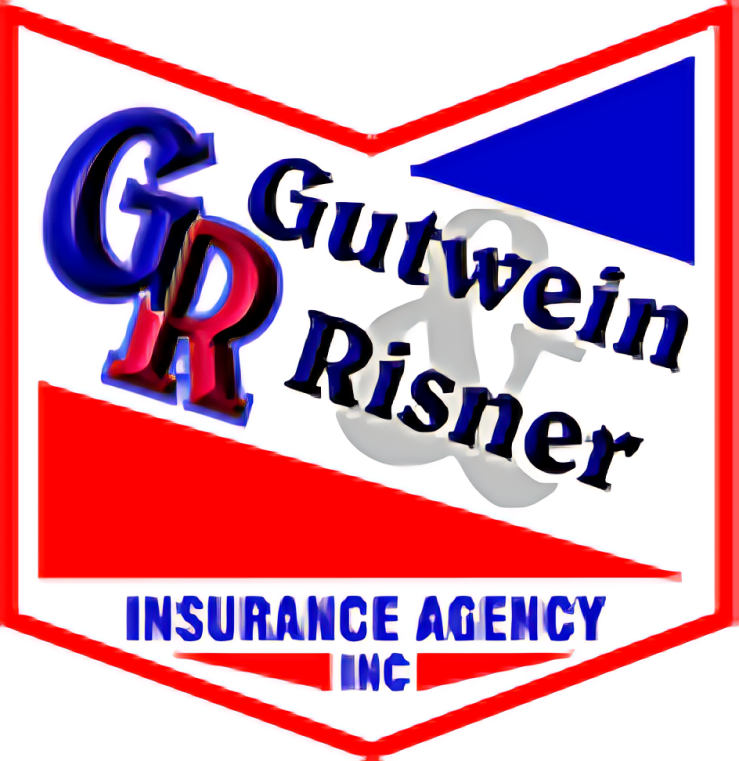As fleet managers and commercial drivers know, the fall season brings not only colorful leaves but also unique driving hazards. With October through December marking the peak months for deer activity, there's no better time to address the risks and expenses associated with deer collisions. With repairs averaging around $3,000 and the annual impact reaching $1 billion in damages, it's crucial to stay proactive in your safety efforts.
Why Peak Hours Matter
Deer are especially active during dawn, dusk, and overnight, making these times particularly hazardous for drivers. Increased vigilance during these hours can significantly reduce the likelihood of collisions. By planning your routes and schedules accordingly, you can help ensure the safety of your team and your vehicles.
The Role of Visibility
Utilizing high beams when appropriate can significantly enhance your visibility and help spot deer earlier. However, always dim your lights when other vehicles approach to avoid blinding oncoming drivers. A well-lit path provides precious extra seconds to react safely and effectively.
Remain in Control
In the event of a deer sighting, avoid the natural impulse to swerve. Instead, brake firmly while keeping your lane. Swerving can lead to even more dangerous outcomes, such as vehicle rollovers or collisions with other vehicles.
The Importance of Seat Belts
Always wearing your seat belt is a simple yet crucial safety measure. It offers maximum protection against injuries during unexpected stops or collisions, ensuring the well-being of both driver and passengers.
Post-Collision Protocol
If a collision does occur, prioritize safety by moving to a secure area. Engage your hazard lights, contact law enforcement, and inform your insurance provider promptly. Such action not only helps in managing immediate risks but also ensures the smooth processing of insurance claims.
Education and Preparation
Training your drivers about these risks now can make all the difference during deer season. Empowering them with knowledge about safe driving practices during these critical months will minimize risks and keep operations running smoothly.
As fleet managers, it's wise to review your current commercial auto policy to ensure it provides adequate coverage for such incidents. Don't hesitate to reach out for risk management advice to better safeguard your personnel and assets.
Remember, with awareness and proactive measures, many deer-related collisions can be avoided, preserving both the safety of your employees and the continuity of your business operations.

